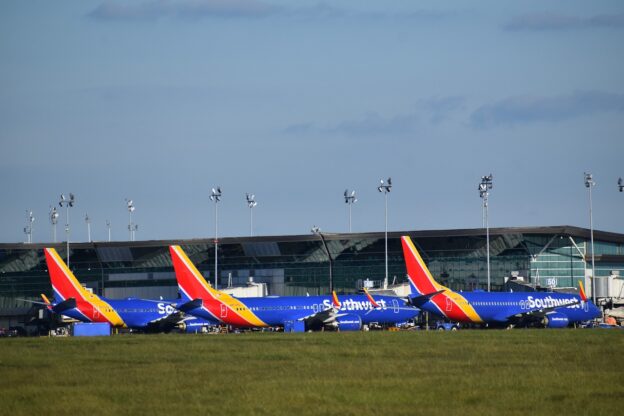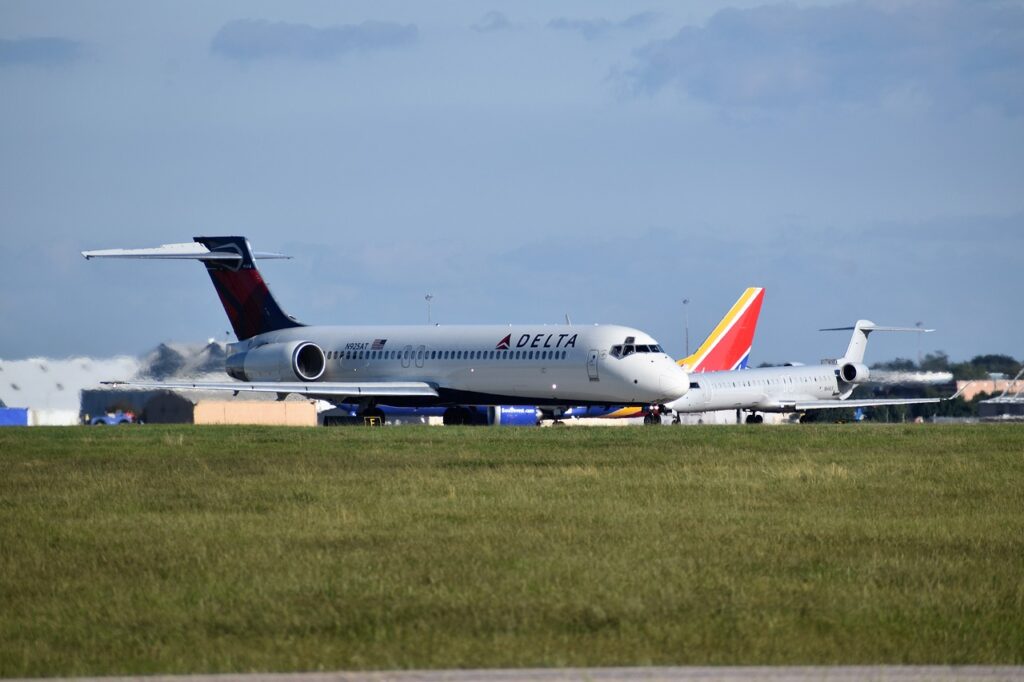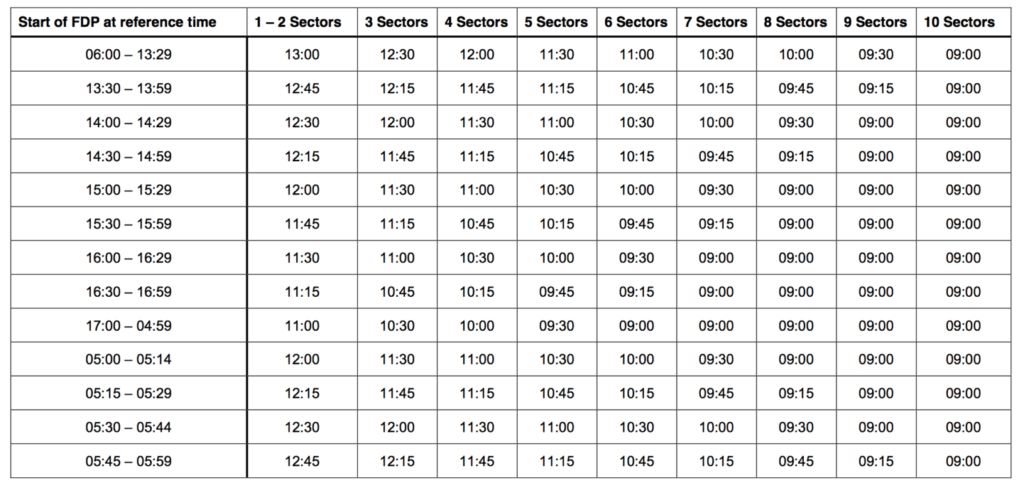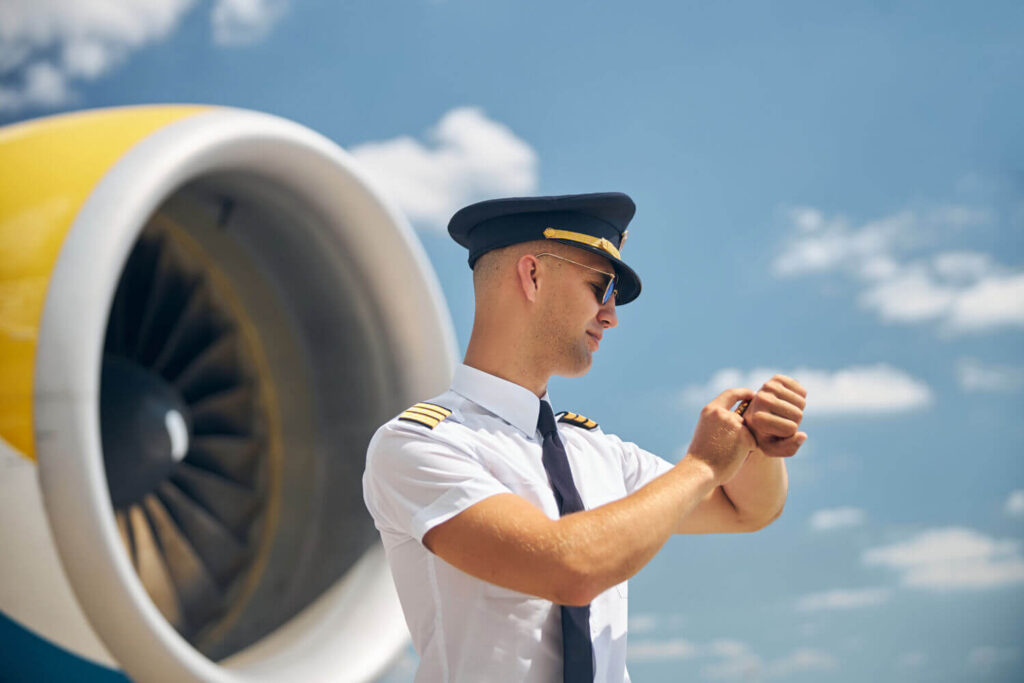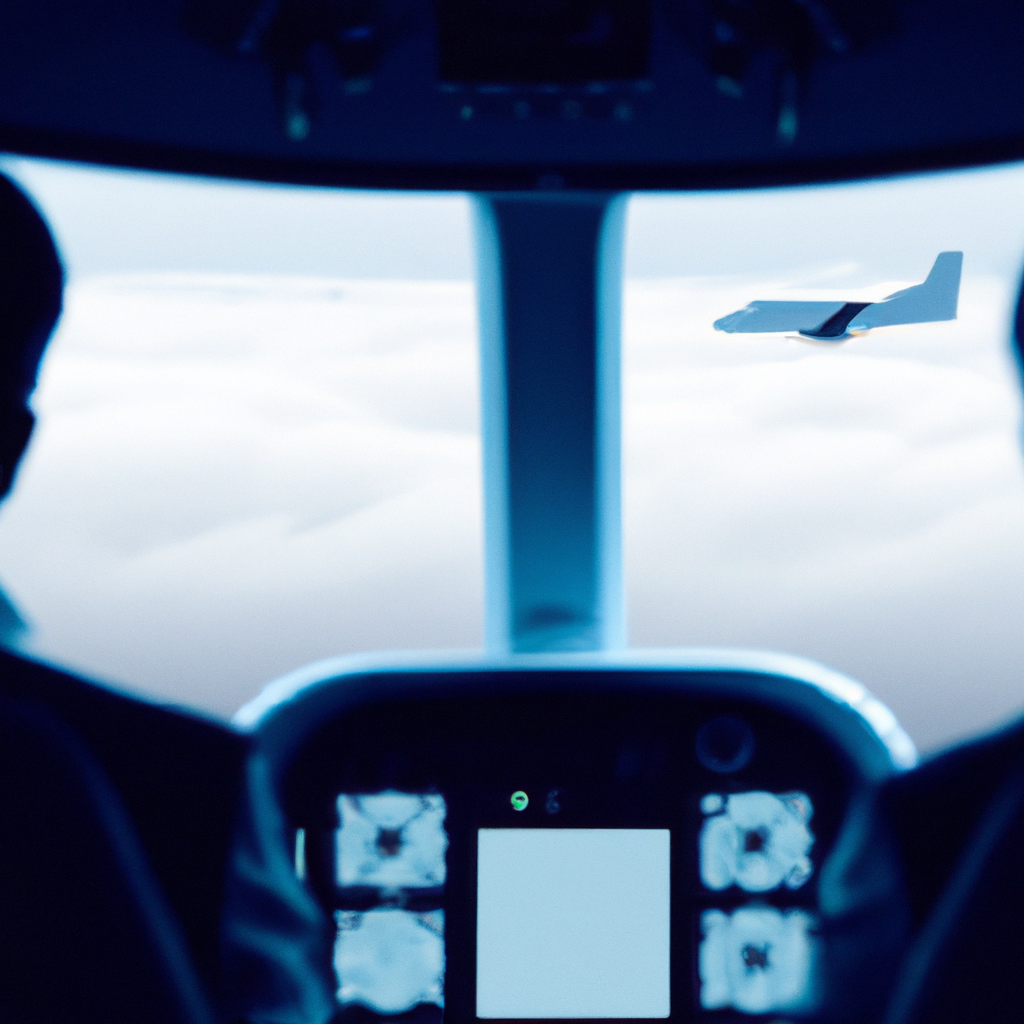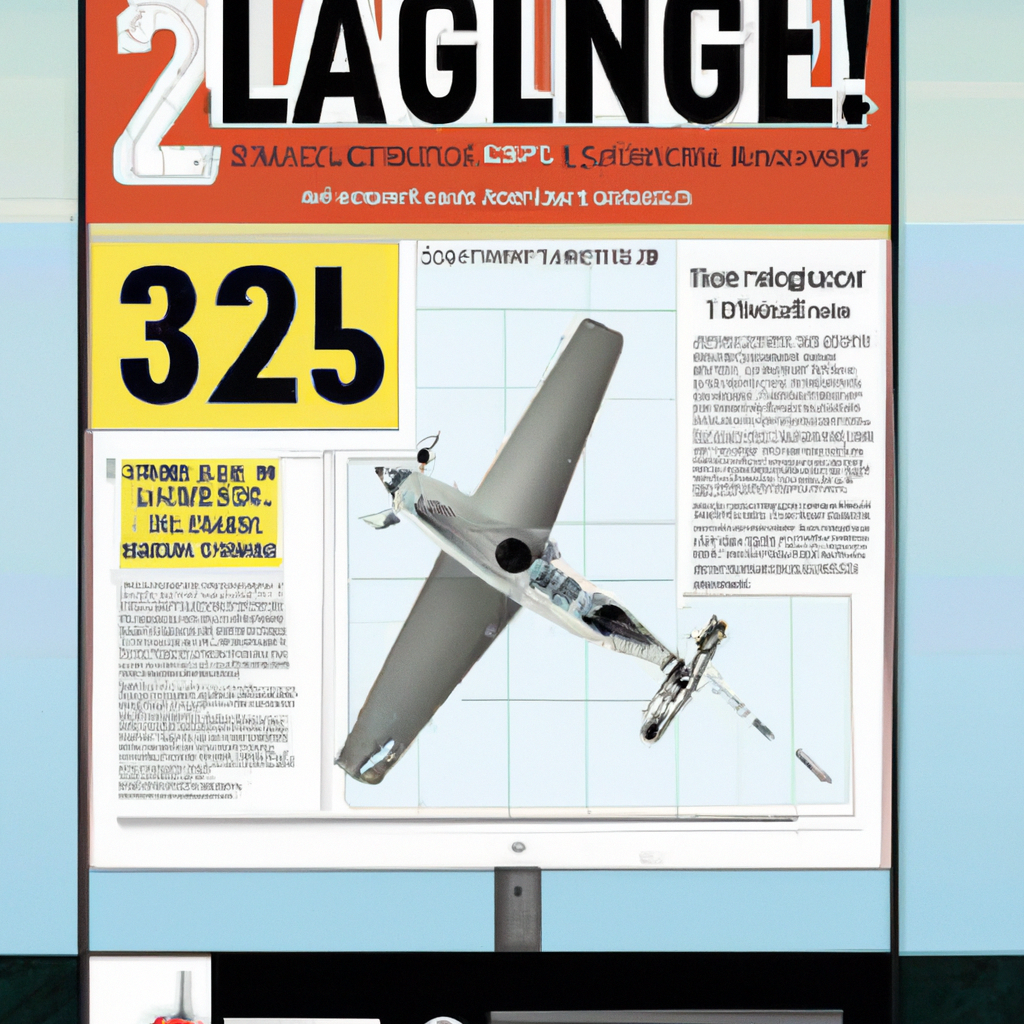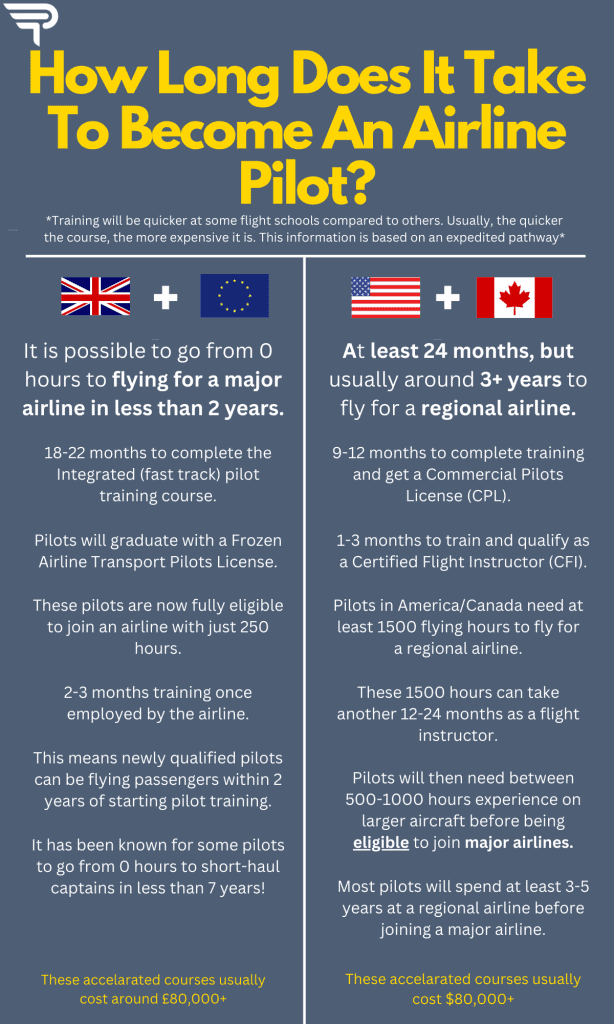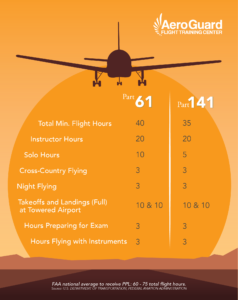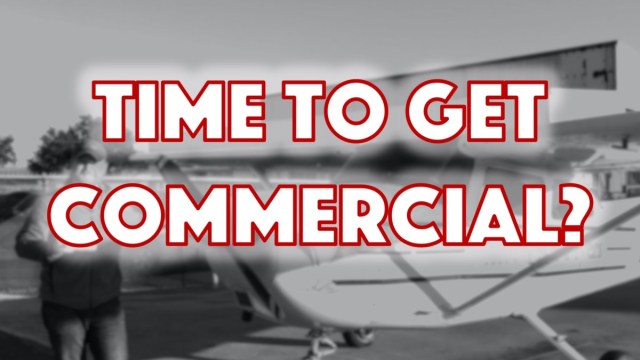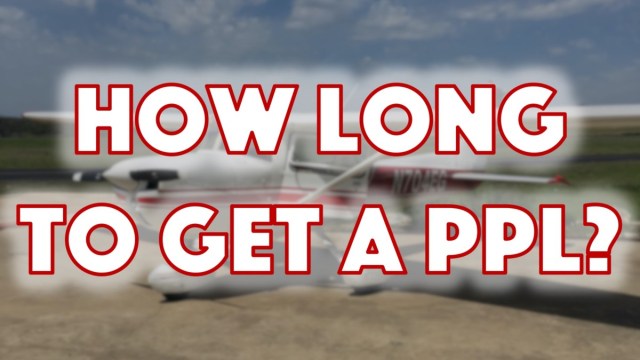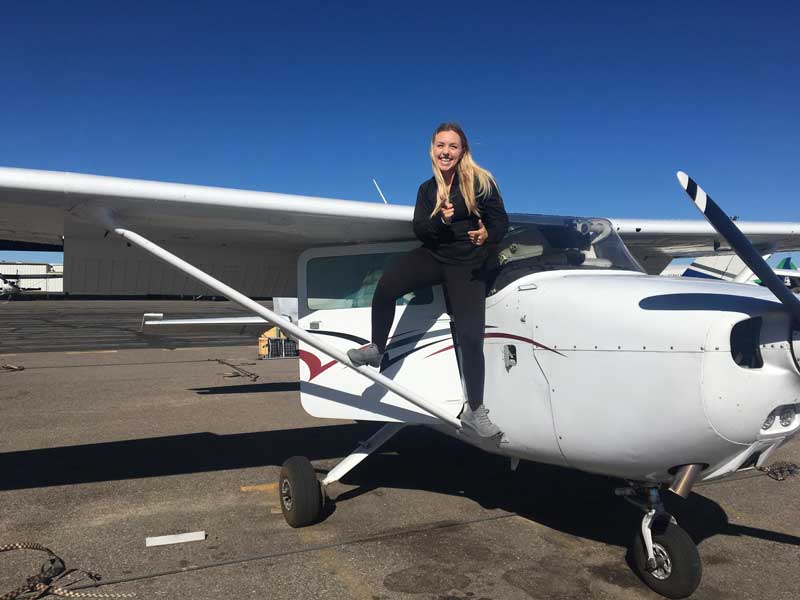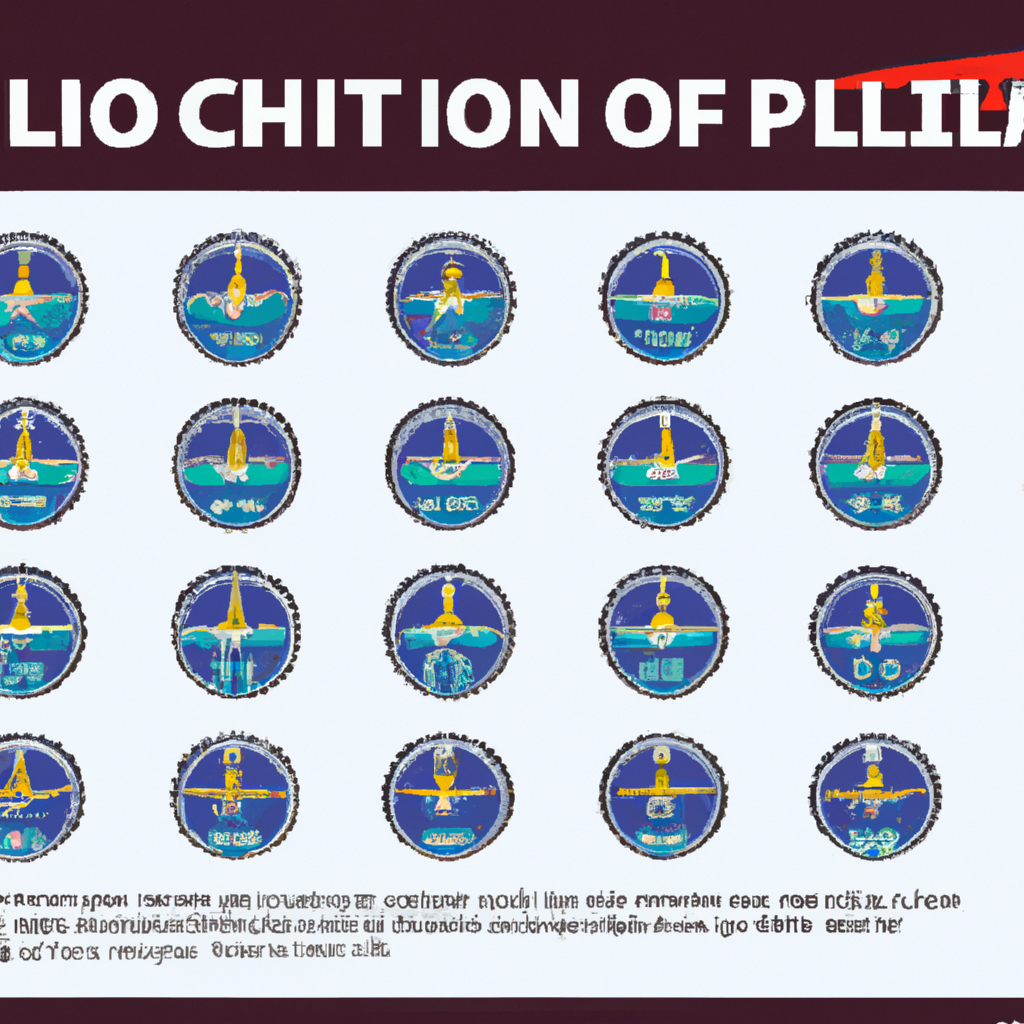Imagine soaring through the vast blue sky, the wind brushing against your face as you navigate the airplane controls with precision. But have you ever wondered, what is the longest time a pilot can fly? In this article, we will uncover the fascinating world of pilot flight time regulations and the factors that determine how long they can remain in the cockpit. So fasten your seatbelts and get ready for an exhilarating journey into the skies!

Regulations and Guidelines
Airline Regulation
As a pilot, it is crucial to have a thorough understanding of the regulations and guidelines set forth by the aviation authorities. Airlines are subjected to a variety of regulations, including those concerning safety, operations, and crew management. These regulations ensure that the aviation industry operates at the highest level of safety and efficiency. Familiarizing yourself with the specific regulations relevant to your airline will help ensure compliance and the smooth operation of your flights.
Civil Aviation Authority
The Civil Aviation Authority (CAA) represents the regulatory body responsible for overseeing the aviation industry in a specific country. The CAA sets and enforces safety standards, issues licenses and certifications, and conducts inspections to ensure compliance with regulations. It plays a critical role in ensuring that airlines adhere to safety protocols and maintain the highest standards of operation. By staying updated with the guidelines and regulations set by your country’s CAA, you can ensure that you are operating within the established parameters.
Federal Aviation Administration (FAA)
In the United States, the Federal Aviation Administration (FAA) serves as the regulatory authority for civil aviation. The FAA establishes and enforces regulations that govern various aspects of aviation, including pilot licensing, aircraft maintenance, and flight operations. Compliance with FAA regulations is essential for pilots operating within U.S. airspace. By familiarizing yourself with the FAA’s guidelines and adhering to them, you can ensure safe and efficient flight operations.
Flight Time Limitations
Duty Period
As a pilot, your duty period refers to the time you are available for flight duty, including pre-flight activities, actual flying, and post-flight responsibilities. Duty periods are subject to regulations and limitations to ensure that pilots are not fatigued or overly worn out. In most cases, duty periods are restricted to a specific number of hours per day, with additional restrictions based on the number of consecutive duty days.
Flight Time
Flight time refers specifically to the time spent operating an aircraft. It includes the time from takeoff to landing and excludes periods of ground time. Flight time limitations are in place to prevent pilots from experiencing prolonged periods of continuous flying, which can lead to fatigue and decreased performance. The regulations for flight time vary depending on the type of flight, such as short-haul, long-haul, or ultra-long-haul, which we will discuss in more detail later.
Rest Requirements
To combat fatigue and ensure the well-being of pilots, rest requirements are mandated to allow for proper rest and recovery between flights and duty periods. These requirements specify the minimum amount of time pilots must have off-duty before their next flight or duty period. Adequate rest is essential for maintaining alertness and cognitive function during flight operations. By adhering to these rest requirements, pilots can ensure they are physically and mentally prepared for each flight.
Short-Haul vs. Long-Haul Flying
Short-Haul Flying
Short-haul flights typically involve relatively shorter distances and shorter flight durations. These flights are often regional or domestic flights that cover distances of up to a few hundred miles. Due to the shorter durations, pilots may experience less fatigue compared to long-haul flights. However, it is still important for pilots to manage their workload effectively and ensure they are well-rested to maintain optimal performance.
Long-Haul Flying
Long-haul flights, on the other hand, involve significantly longer distances and flight durations. These flights often cross continents and can last for several hours or even overnight. Pilots must be prepared to spend extended periods inside the cockpit, which can test their endurance and ability to manage fatigue. It is crucial for pilots to implement strategies to combat fatigue and maintain their alertness during these long flights.
Ultra-Long-Haul Flying
Ultra-long-haul flights refer to journeys that cover exceptionally long distances, often non-stop, for durations exceeding 16 hours. These flights push the limits of both pilots and aircraft capabilities. Due to the prolonged nature of these flights, pilots must receive specialized training and adhere to strict fatigue management protocols. Ultra-long-haul flying requires comprehensive planning and coordination to ensure the safety and well-being of both the pilots and passengers.

Circadian Rhythm and Fatigue Management
Circadian Rhythm
Understanding and managing circadian rhythm is crucial for pilots operating across different time zones. The circadian rhythm is an internal biological clock that regulates various physiological processes, including sleep-wake cycles. Disruptions to this rhythm, such as crossing time zones during long-haul flights, can lead to jet lag and fatigue. Pilots must make conscious efforts to synchronize their sleep patterns and adjust to new time zones to minimize the impact of jet lag and fatigue on their performance.
Jet Lag
Jet lag is a temporary sleep disorder that occurs when individuals travel across multiple time zones, disrupting their circadian rhythm. Symptoms may include fatigue, difficulty sleeping, and impaired cognitive function. Pilots can mitigate the effects of jet lag by implementing strategies such as adjusting sleep schedules, staying hydrated, and relying on natural light exposure to help regulate their circadian rhythm.
Fatigue Management Strategies
To effectively manage fatigue, pilots can utilize various strategies such as pre-flight rest, in-flight napping, and optimizing sleep schedules during layovers. Adequate rest breaks, proper nutrition, and exercise also play a crucial role in combating fatigue. By adopting these strategies and being proactive in managing their well-being, pilots can maintain optimum performance levels and ensure the safety of their flights.
Medical Requirements
Class 1 Medical Certificate
Pilots are required to hold a Class 1 Medical Certificate, which ensures they meet specific medical standards and are fit to safely operate an aircraft. The medical examination for a Class 1 certificate is more comprehensive than that of a Class 2 certificate. It includes assessments of vision, hearing, cardiovascular health, and overall physical and mental well-being. Pilots must undergo regular medical examinations to maintain their Class 1 certificate and must notify relevant authorities of any significant changes in their health.
Class 2 Medical Certificate
A Class 2 Medical Certificate is required for pilots who operate under less demanding conditions, such as private pilots or those flying non-commercial aircraft. While the requirements for a Class 2 certificate are still rigorous, they are not as extensive as those for a Class 1 certificate. The examination primarily focuses on ensuring the pilot does not have any medical conditions that could impair their ability to fly safely.
Possible Limitations
Medical conditions or the use of certain medications may impose limitations on a pilot’s ability to fly. In some cases, pilots may be granted a special issuance medical certificate, which allows them to continue flying under specific conditions or with certain restrictions. It is crucial for pilots to be transparent about their medical history and any existing conditions to ensure their safety and that of their passengers.
Crew Rest Facilities
Onboard Rest Facilities
In larger aircraft, particularly those used for long-haul flights, onboard rest facilities are available to provide rest breaks for the flight crew. These facilities are equipped with seating or sleeping areas that allow pilots to relax and rejuvenate during extended flights. These spaces may include reclining seats, beds, or even compartments specifically designed to provide a quiet and comfortable environment for crew rest.
Bunk Beds
In some airlines, bunk beds are provided for pilots during long-haul flights. These beds are typically located in a dedicated area within the aircraft and can be partitioned off for privacy. Bunk beds offer pilots an opportunity to sleep for extended periods during flights, enabling them to combat fatigue and maintain their alertness and performance levels.
Crew Rest Compartments
Larger aircraft, particularly those used for ultra-long-haul flights, may have dedicated crew rest compartments. These compartments are equipped with multiple sleeping berths, washrooms, and other amenities to ensure the comfort and well-being of the flight crew during extended flights. The crew rest compartments are designed to provide a quiet and relaxing environment for pilots to rest and recharge, allowing them to be fully prepared for their duties upon returning to the cockpit.
Cockpit Resource Management (CRM)
Importance of CRM
Cockpit Resource Management (CRM) is a crucial aspect of aviation that focuses on effective communication, teamwork, and decision-making within the cockpit. CRM emphasizes the importance of clear and concise communication between pilots, creating a harmonious and efficient working environment. By implementing CRM techniques, pilots can enhance their situational awareness, identify and mitigate potential risks, and effectively manage fatigue levels to ensure safe and successful flight operations.
Crew Communication
Effective crew communication is vital for maintaining a safe and efficient flight deck environment. Pilots must have open lines of communication to discuss operational considerations, make decisions, and convey critical information. Clear and concise communication helps avoid misunderstandings, fosters effective teamwork, and ensures that all necessary information is transmitted accurately.
Monitoring Fatigue Levels
Monitoring fatigue levels is a crucial part of CRM. Pilots must be vigilant in assessing their own fatigue levels, as well as those of their fellow crew members. By recognizing the signs of fatigue and understanding its impact on performance, pilots can take appropriate action, such as requesting rest breaks or sharing workload, to mitigate the risks associated with fatigue. Monitoring fatigue levels is essential for ensuring the safety and well-being of the flight crew.
Emergency Situations and Long-Duration Flights
Airborne Medical Emergencies
During long-duration flights, pilots must be prepared to handle various unforeseen circumstances, including airborne medical emergencies. These emergencies may involve passengers or crew members requiring immediate medical attention. Pilots are trained to assess the situation, communicate with medical professionals on the ground, and coordinate any necessary diversion or landing alternatives to provide the necessary medical assistance.
Diversions and Landing Alternatives
In the event of an emergency or unforeseen circumstances, pilots must be prepared to divert the flight to an alternative airport. Factors such as weather conditions, available runways, and proximity to medical facilities play a crucial role in determining the most suitable landing alternatives. Pilots must have contingency plans in place and communicate with air traffic control and other relevant authorities to ensure the safety of the aircraft and its occupants.
Contingency Planning
Contingency planning is an integral part of long-duration flights. Pilots must anticipate and plan for various scenarios, including emergencies, adverse weather conditions, or unexpected delays. This includes having alternative flight routes, fuel contingencies, and communication procedures in place. By thoroughly preparing for potential contingencies, pilots can effectively manage unforeseen situations and ensure the safety and well-being of the passengers and crew.
Training and Simulator Sessions
Initial Pilot Training
Initial pilot training is a comprehensive program that equips aspiring pilots with the necessary knowledge and skills to operate an aircraft safely. This training typically includes theoretical coursework, simulator sessions, and hands-on flying experience. The training covers a wide range of topics, including aircraft systems, navigation, meteorology, and emergency procedures. Successful completion of initial pilot training is a prerequisite for obtaining a pilot’s license.
Recurrent Training
Recurrent training ensures that pilots maintain their proficiency and stay up-to-date with the latest regulations and best practices. Recurrent training usually includes periodic assessments of a pilot’s skills and knowledge. These assessments may involve simulator sessions, ground-based exams, and refresher courses. By regularly participating in recurrent training, pilots can stay current with industry standards and enhance their overall competency.
Simulator Sessions
Simulator sessions are an essential component of pilot training and recurrent training. Simulators provide a realistic and controlled environment for pilots to practice various flight scenarios, emergency procedures, and instrument approaches. They allow pilots to develop and maintain their skills in a safe and controlled setting. Simulator sessions also provide an opportunity to familiarize pilots with new aircraft models or advanced avionics systems before operating them in an actual aircraft.
Automation and Autopilots
Role of Automation
Automation plays a significant role in modern aviation, enhancing safety and efficiency. Autopilots and other automated systems assist pilots in managing the flight, relieving them of some of the manual tasks and allowing them to focus on critical decision-making. Automation helps reduce pilots’ workload, particularly during long-haul flights, where fatigue can become a significant concern.
Autopilot Usage
Autopilots serve as a valuable tool for maintaining stable flight and managing the aircraft’s systems. They can control altitude, heading, and speed, helping pilots maintain a steady flight path. Pilots must have a thorough understanding of their aircraft’s autopilot capabilities and limitations to effectively utilize this feature during flight operations. However, it is important to note that pilots must remain vigilant and actively monitor autopilot performance to ensure its proper functioning.
Monitoring and Intervention
Even with advanced automation systems, pilots must remain actively engaged in monitoring and intervention. While autopilots can perform certain tasks, pilots are responsible for continuously assessing the aircraft’s systems, monitoring for any anomalies, and intervening when necessary. This ensures that the aircraft operates safely and adheres to regulatory requirements. By actively participating in the flight, pilots can maintain their situational awareness and effectively manage automation systems.
In conclusion, as a pilot, you must familiarize yourself with the various regulations and guidelines set by aviation authorities and your airline. Understanding flight time limitations, managing circadian rhythm and fatigue, complying with medical requirements, and utilizing crew rest facilities are all crucial elements in ensuring safe and efficient flight operations. Additionally, cockpit resource management, emergency preparedness, recurrent training, and effective utilization of automation systems contribute to maintaining high standards of performance and safety. By adhering to these regulations, guidelines, and best practices, you can navigate the skies with confidence and professionalism.

